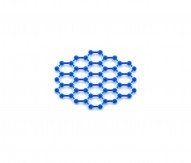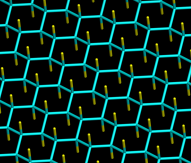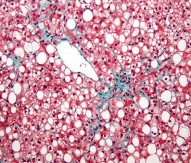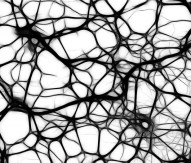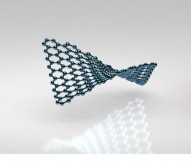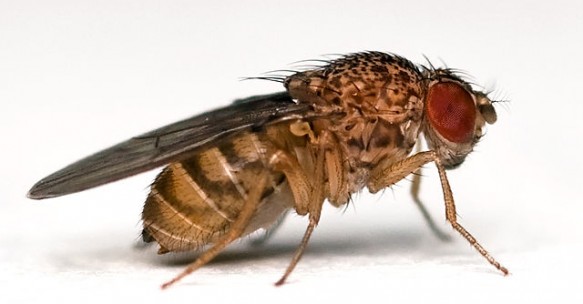
Artificial insect eyes could help prevent accidents
European scientists have designed and built the first fully functional miniature-curved artificial compound eyes. The development could help prevent future accidents through its use in mobile robotics, smart clothing and medical applications.
Scientists in Switzerland, Germany and France working on the ‘CURVACE’ project explored how the insect eye works in order to develop the miniature eyes. It is hoped that an artificial compound eye could be used in areas where panoramic motion detection is primordial. Possible future uses include being attached around automobiles for efficient obstacle detection, e.g. during parking manoeuvres, for automated vehicle guidance, or for the detection of vehicles or pedestrians that are getting too close. Another possible use is being implemented in Micro Air Vehicles for vision-based, collision-free navigation, e.g. during landing or for obstacle avoidance, such as in rescue operations.
Commenting on the development, European Commission Vice-President Neelie Kroes said: “Nature provides us with many extremely sophisticated solutions when it comes to solving problems. The research programmes financed by the Commission give us the possibility to get inspired, understand, copy and recreate on an industrial scale some of the great things Mother Nature has brought us, so we can improve the lives of our fellow citizens.”
The compound eye features characteristics and functionality similar to the eye of the Drosophila fruit fly and other arthropods. The eye, a small (12.8 mm diameter) cylindrical object is made up of 630 ‘basic eyes’, called ommatidia, arranged in 42 columns of 15 sensors each. Each ommatidium is composed of a lens (172 microns), combined with an electronic pixel (30 microns). These sensors have advanced optical properties, such as an undistorted panoramic field of view of 180°x60° and a large depth of field; they can also adapt to a wide variety of lighting conditions.
The researchers received €2m in Commission funding through the FET Open Programme, which focuses on fostering novel ideas and collaborative research in embryonic, high risk visionary science and technology.

